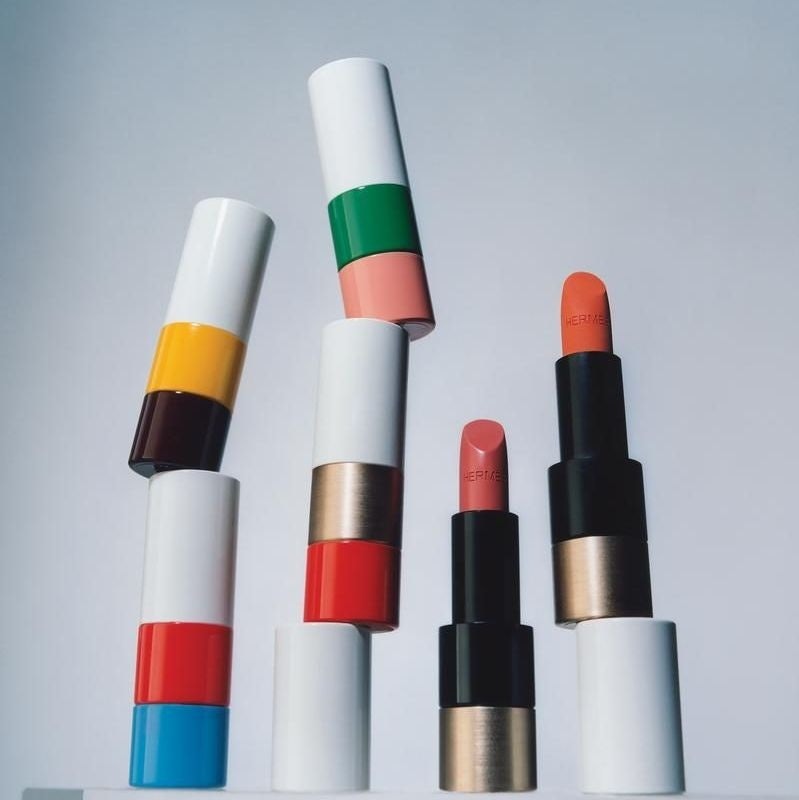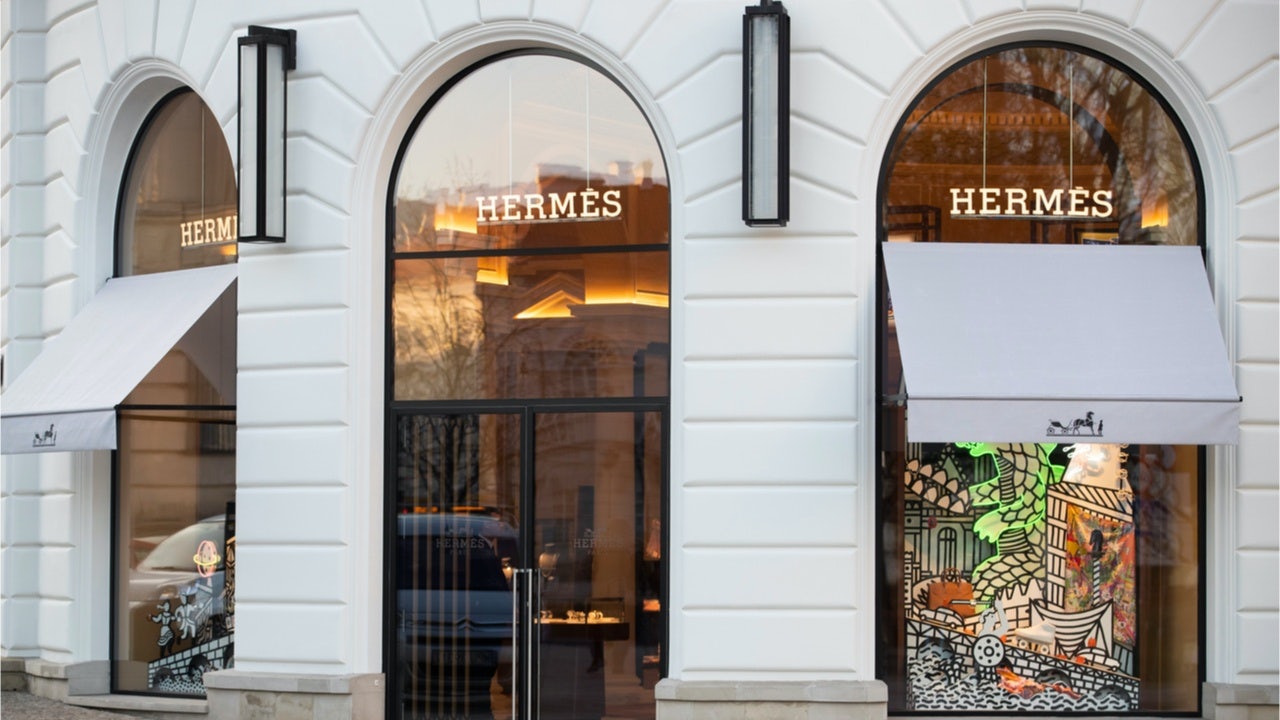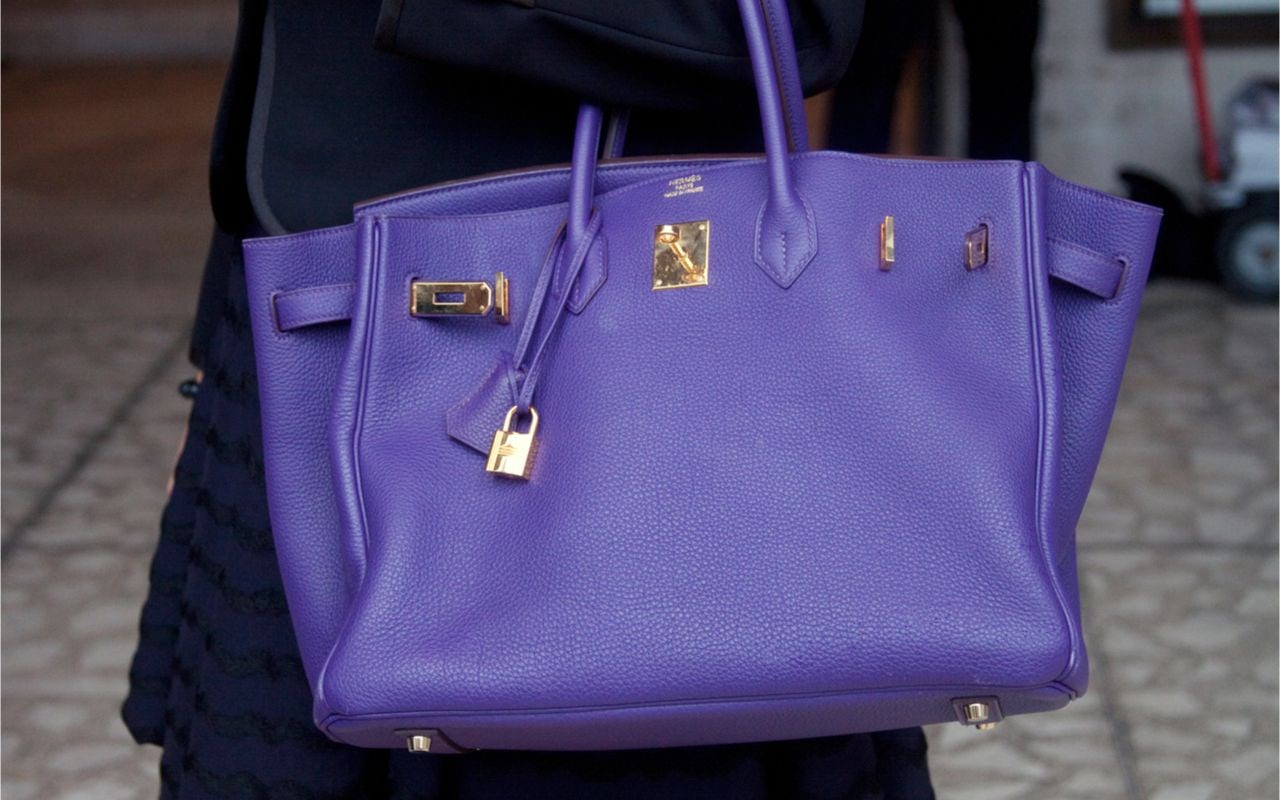- Beauty is booming amidst an economic slowdown in China, so Hermès is right to join the fray.
- Netizens have varying opinions about the new lipstick line.
- Is Hermès’ message of sustainability coming through?
“There is no more Hermès of lipstick. The real Hermès Lipstick is on the way.” This was the launch announcement from Hermès Lipstick collection, which has become buzzy news on Weibo and Little Red Book where beauty shoppers seek the latest drops and products.
Last Friday, luxury fashion house Hermès disclosed its foray into the beauty world with its first makeup product — “Rough Hermès: a brand new lipstick line. Although beauty products have already been a cash cow for luxury brands like Chanel and Dior, Hermès has yet to jump into this lucrative market until now. According to a recent report on Hermès 4Q19 by Morgan Stanley Research, the group is reducing its reliance on its leather goods category in general — and a few iconic bags in particular — and beauty is expected to cap the brand’s margin expansion this year.
Starting a beauty line with lipstick smartly resonates with Chinese beauty consumers, as lipstick fever in the country has been brought to new heights due to the expanding livestreaming and influencer marketing industries. But is it the right time for Hermès to dive into the beauty pool? Luxury players are competing to adopt localized approaches for selling makeup and skincare products to Chinese consumers, from casting popular idols in campaigns to facilitating digital channels on Tmall. Meanwhile, Chinese-born beauty brands like Perfect Diary are winning over more domestic beauty shoppers through competitive prices and a stronger knowledge of younger consumers.
Though China is currently the world’s largest beauty product market, the sustainability of Chinese consumers’ appetite for those products and Hermès’ ability to make an impression on savvy shoppers will determine if the group can win in this crowded market. UBS Evidence Lab discloses that Hermès remains the top brand for Chinese luxury consumers in their 2020 Outlook Report. But will the French luxury house’s beauty line follow suit?

Once the Hermès drop news was distributed on Weibo and Little Red Book, the package of lipstick polarized China’s famously opinionated netizens. One Weibo user commented below a post by beauty blogger @Janizekidd that “the Lego-like package looks not worth 67.” Some held the opinion that the design of lipstick tubes lacks the usual exclusivity of Hermès, while others argued that the package is as elegant and creative as artwork, instantly making the lipstick series a collectible.
However, few criticized the price of the lipstick, even though 67 is not a small amount for a lip product. Netizens’ unsurprising reaction can be explained by demographics: Younger Chinese consumers are spending more at an earlier age and tend to start with luxury beauty products rather than an entry-level equivalent, according to a survey on Chinese beauty consumers by AlphaWise Morgan Stanley. 42 Gucci Rouge Lipstick and 90 Christian Louboutin Lipstick have been popularized by Chinese consumers and prove the country has a huge appetite for the product.
For young Chinese consumers, luxury beauty products have performed beyond their functionality and act more like social currency. After all, lipstick is much more affordable than a Birkin or Kelly bag. The upcoming Hermès beauty lines will thus invite more consumers to experience products from the established house, with many agreeing that “this might be the only Hermès product that I can afford.”
Still, it’s been an open secret that premium beauty brands share similar ingredients and formulas provided by specialized groups such as L’Oréal, The Estée Lauder Companies, and Coty. It is the creative direction that differentiates these luxury beauty lines. The Gucci Lipstick collection’s bizarre aesthetic, which was innovated by creative director Alessandro Michele, utilizes both unconventional storytelling and visual presentation. Hermès Beauty, meanwhile, plays with an aspiration of sustainability through its refillable design. But there’s been little interest in this initiative among Chinese netizens, at least thus far. On the contrary, some suppose the house will invent leather lipstick cases or mini-size leather goods to go along with the launch of its beauty line.
Concerns are growing over China’s economic slowdown, and the recent coronavirus might conjointly attack the domestic luxury market, as well. But the beauty market is staying on the defensive, and the “lipstick effect” (when consumers still buy less pricey luxury goods when faced with an economic crisis) should at least save the market for lipsticks. As a crucial step in the brands’ product diversification progress, this new category will likely be on many beauty shoppers’ wish lists, and as long as the brand can roll out flexible online and offline distribution channels, Hermès should be able to leverage a down economy while still living up to its established reputation.


